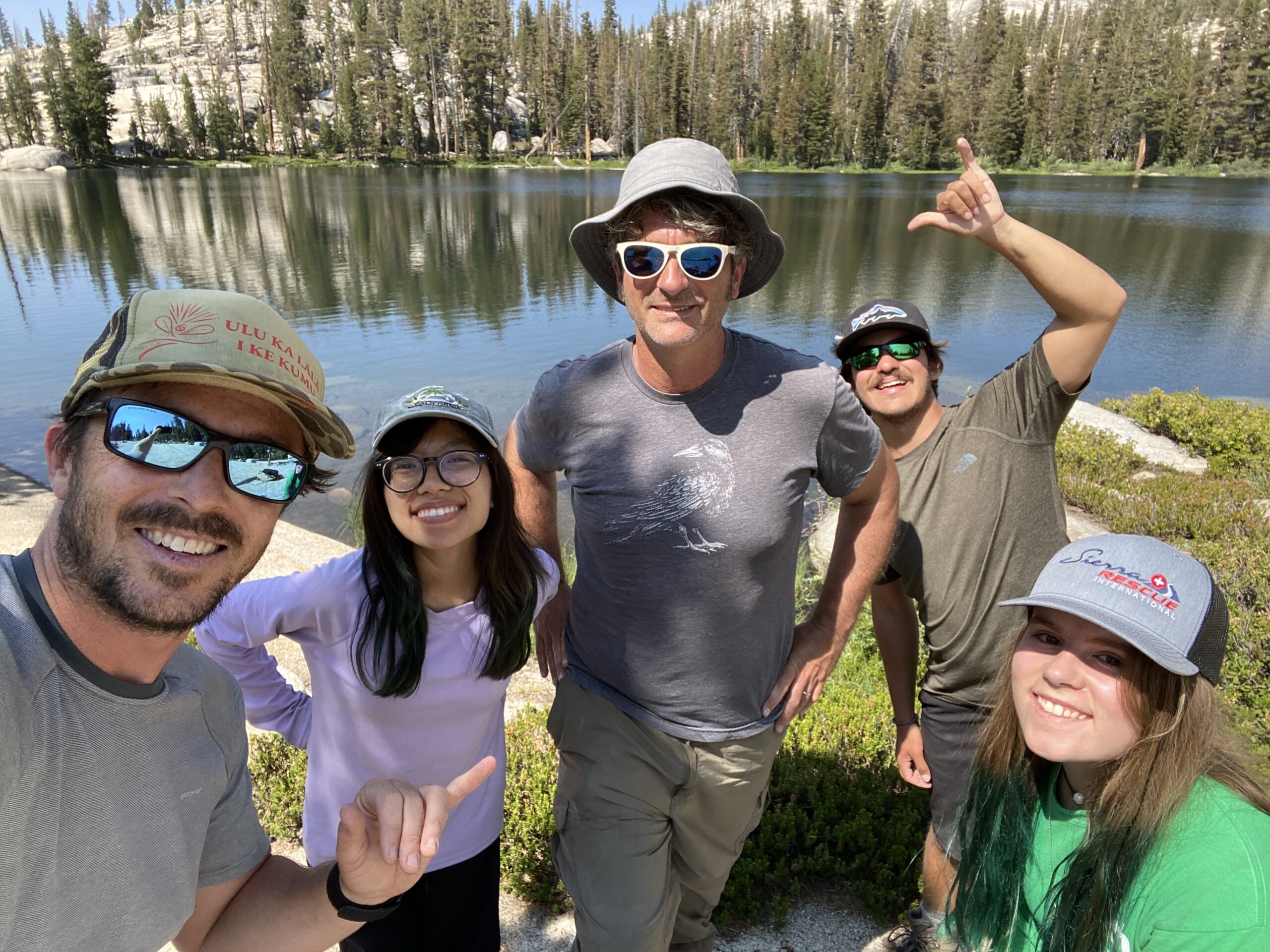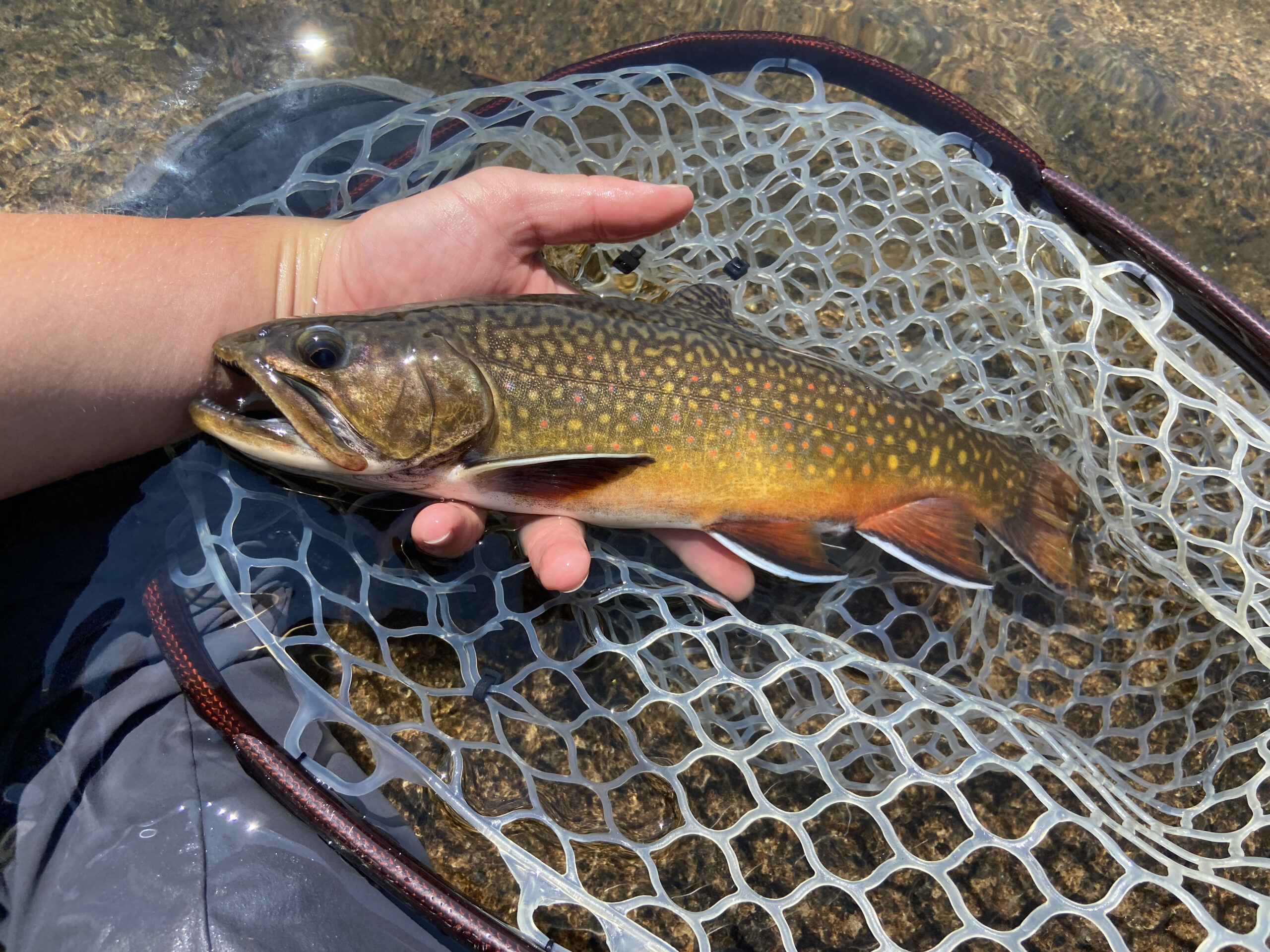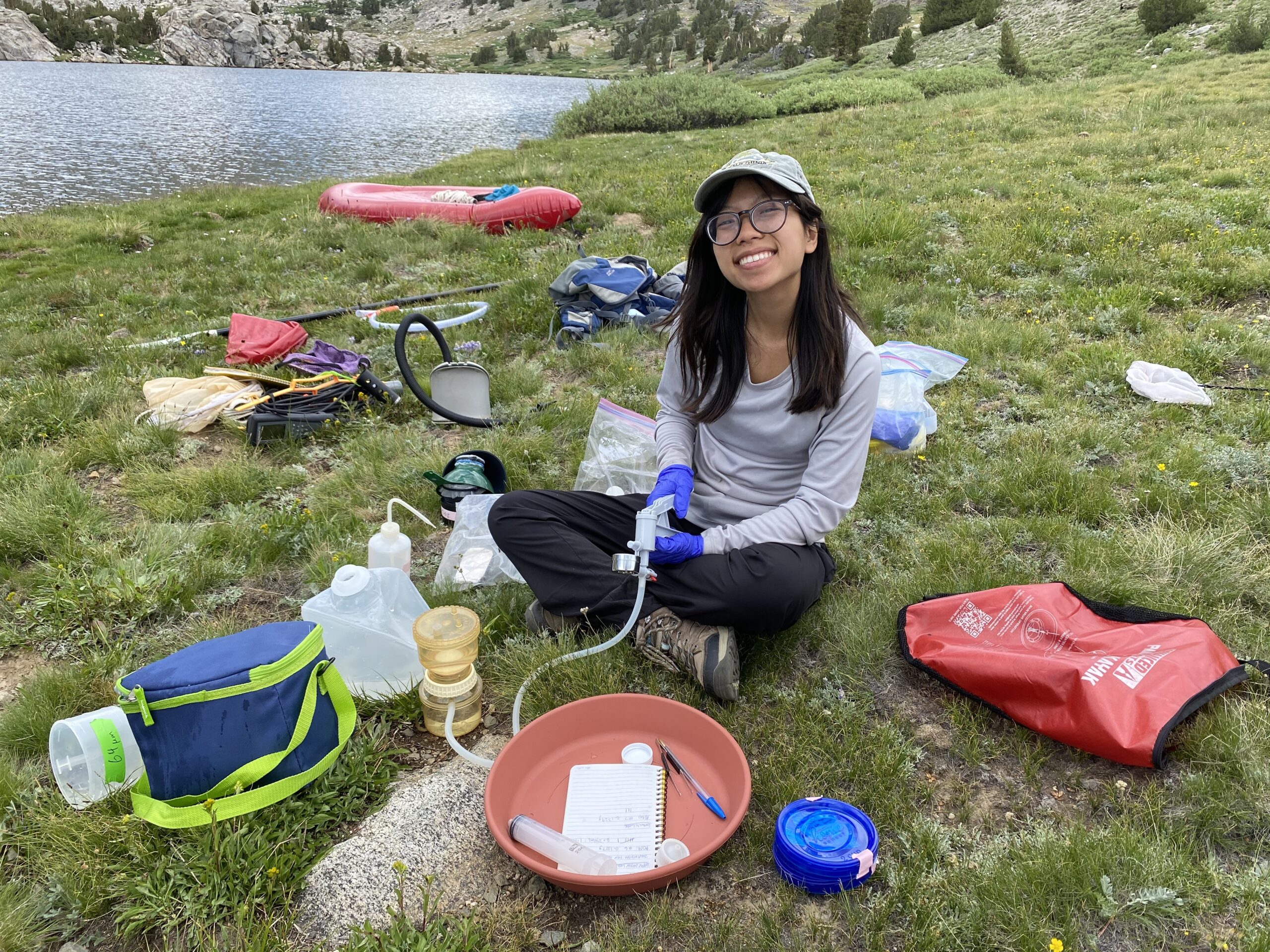Microbiomes & Environmental Microbiology
All macroscopic species live in close association with a host of micro-organisms in and around their bodies. These microbes dramatically affect their population dynamics, interactions with other species and adaptation to their environment, and the ecosystems they inhabit. Our lab studies how microbial communities associated with hosts ranging from plankton to fish are shaped by the environment and influence the fitness and ecology of their hosts.
Alpine lake ecosystem microbial ecology
Past work has demonstrated that free-living and host-microbiomes are controlled by a multitude of factors across multiple scales including environmental conditions, host selection (genetics), diet, and dispersal among microbes and hosts. Through field and experimental mesocosm studies, our group seeks to untangle the interactions of these factors in order to reveal how microbiomes are structured in aquatic ecosystems.
Our research uses lakes across the Eastern Sierras to test the environmental drivers that are shaping the ecology of water-borne microbes (prokaryotes and eukaryotes) and those associated with a variety of hosts, ranging from zooplankton to fish.


Fish-associated microbiomes
PhD student Josh Dominguez’s research aims to understand the drivers of microbiome composition and diversity of brook trout in the Eastern Sierras. Elevation gradients are known to drive conspicuous patterns of diversity and varying community composition in communities of macro-organisms and may also be a driver in partitioning of microbial communities in food webs and on host organisms. In this project, we are using brook trout collected across the Eastern Sierras and pairing gene sequencing (16S-rRNA) of skin-microbiomes with fecal matter metabarcoding to ask: (1) Are host associated microbiomes structured along elevational gradients? (2) Are patterns of microbiome composition and diversity across elevation driven by diet?
Zooplankton-associated microbiomes
Zooplankton grazers link primary productivity and the vertical flow of energy to predators in aquatic ecosystems, thereby contributing to vital ecosystem services like fisheries production and control of phytoplankton blooms. The nutritional value of resources is of central importance to the strength of trophic interactions; however, the ability of zooplankton to respond to variation in the quality of their food is poorly understood. The role of endosymbiotic bacteria is least understood, but can dramatically affect fitness of their hosts and respond rapidly to changes in diet, affecting host life histories, population growth and food web structure. Gut microbes play central roles in many health issues; however, their significance for ecological and evolutionary processes remains mysterious. Our central objective is to ask how gut microbes alter the response of zooplankton to food quality and, in turn, shape food webs and population dynamics.

